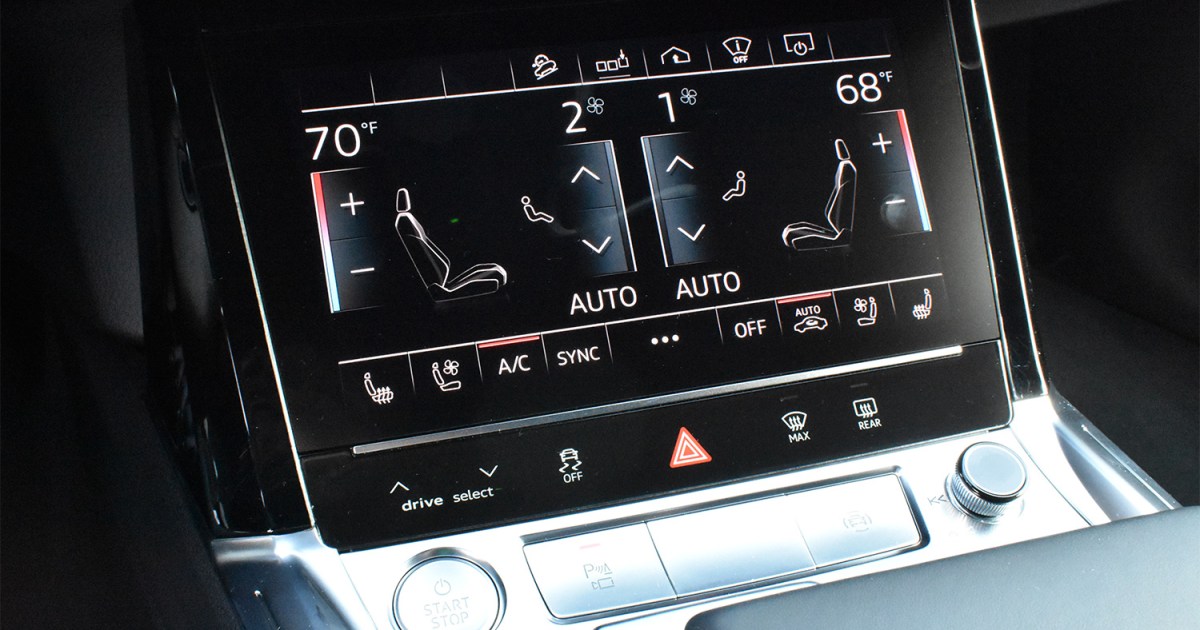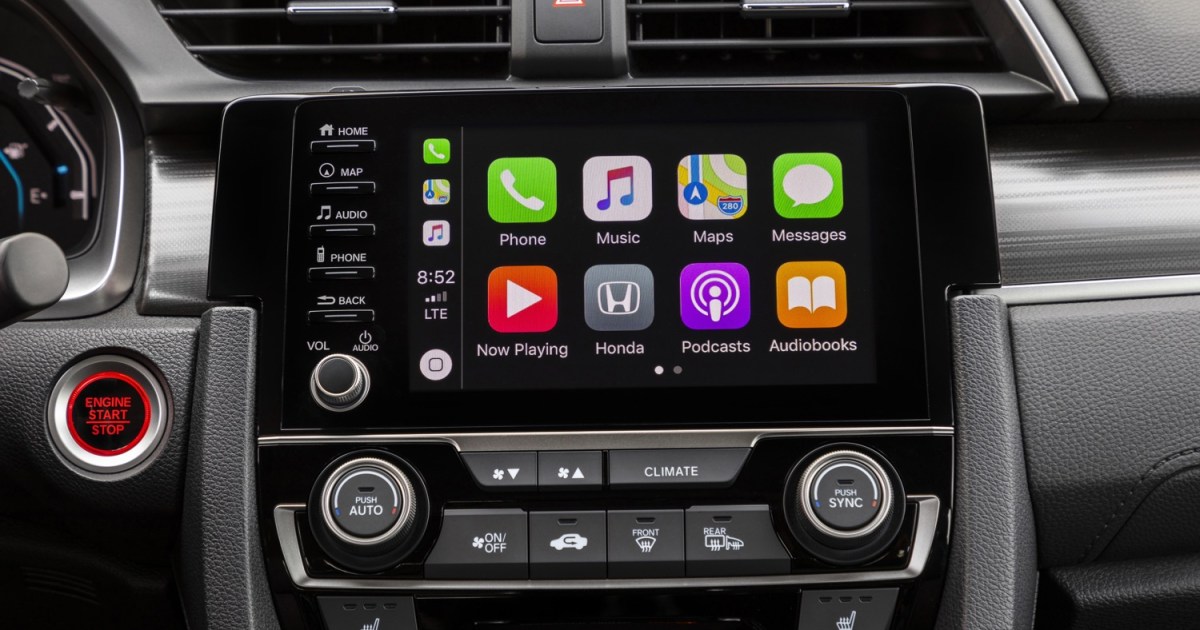Audi’s Multi-Media Interface (MMI) is the sophisticated infotainment system powering everything from entertainment and navigation to vehicle settings and driver-assist features. Initially launched in the early 2000s, MMI has continuously evolved to integrate seamlessly with cutting-edge technologies. This article explores the functionality, features, and user experience of Audi’s MMI system.
How MMI Works
MMI software is meticulously designed to interact seamlessly with each Audi model’s specific hardware and optional features. A significant update in 2019 transitioned the system from primarily physical controls to a more touch-centric interface. While earlier versions relied on a rotary dial, current models boast dual touchscreens. One screen manages climate control and vehicle settings, while the other handles entertainment, navigation, and other functions. User interaction is facilitated through these touchscreens, voice commands, and steering wheel controls for audio and phone connectivity.
Smartphone Integration
Most Audi vehicles equipped with MMI support Apple CarPlay and Android Auto. These platforms project a simplified version of your smartphone interface onto one of the MMI screens, providing convenient access to essential apps like music, maps, podcasts, calls, and messages.
What is Apple CarPlay? ¦ What is Android Auto?
The Virtual Cockpit Experience
Many Audi models offer the Virtual Cockpit (or Digital Cockpit in certain VW models), a fully digital instrument cluster replacing traditional analog gauges. This customizable display acts as an extension of MMI, presenting maps, audio information, and vehicle data directly in the driver’s line of sight. Although not a touchscreen, Virtual Cockpit is configurable through voice commands and steering wheel buttons.
Rear Seat Comfort and Control
The Audi A8 sedan offers an optional Comfort and Executive Rear Seat package, incorporating a dedicated touchscreen tablet. This allows rear passengers to control climate settings, seating positions, lighting, and other functions, enhancing their comfort and convenience.
MMI User Experience
Audi’s MMI boasts some of the most vibrant and high-resolution displays available in modern vehicles. Maps are sharp and colorful, while text and other information remain easily legible, even from various viewing angles. The Virtual Cockpit seamlessly integrates with the main MMI screens, providing a comprehensive information hub for the driver. While touch-based infotainment systems can sometimes have a learning curve, Audi’s MMI is generally intuitive and responsive. The menu structure is designed for easy navigation, ensuring essential functions are readily accessible.
Haptic Feedback and Voice Control
Audi’s MMI incorporates haptic feedback, providing tactile confirmation of touch inputs. This is particularly helpful for precise adjustments like climate control, where fine-tuning temperatures requires more deliberate touch pressure. Furthermore, the system supports natural language voice control, enabling users to interact with the system conversationally for navigation, entertainment, and other functions.
Conclusion
Audi’s MMI infotainment system exemplifies the brand’s commitment to advanced technology and driver-centric design. With its intuitive interface, high-resolution displays, and seamless integration of various features, MMI enhances the overall driving experience. The ongoing evolution of MMI reflects Audi’s focus on creating a connected and engaging environment for drivers and passengers alike.











